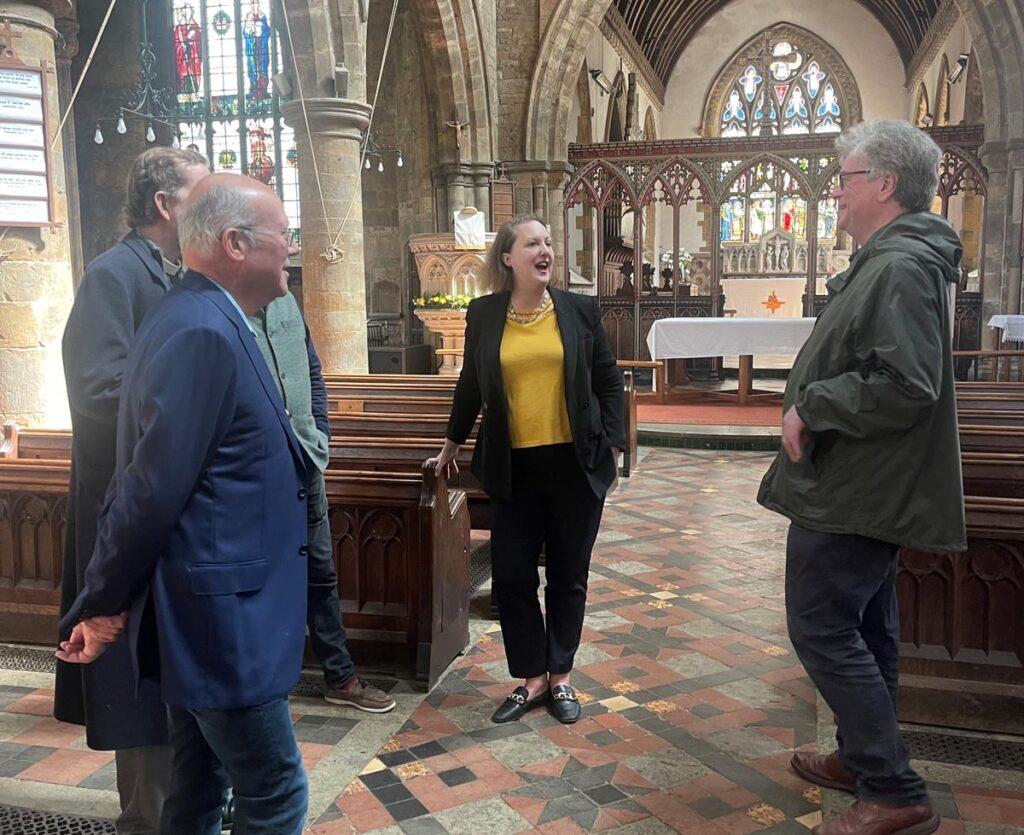This website uses cookies so that we can provide you with the best user experience possible. Cookie information is stored in your browser and performs functions such as recognising you when you return to our website and helping our team to understand which sections of the website you find most interesting and useful.
New approach to transport planning approved
21/09/2022

The criteria will now use a preferred vision rather than historic data
A change in the way transport planning in Oxfordshire is undertaken has been approved by the County Council’s cabinet.
Up to now decisions have been made using a “predict and provide” model, which utilised past traffic trends to determine the future need for infrastructure. Historically this included heavy car usage.
Now decisions will be made using “decide and provide” criteria. This method takes a preferred vision and provides a way to work towards that, while also accommodating the uncertainty of the future.
The new method will help the council achieve its goals, including cutting the number of car journeys in the county by more than half by 2040.
The Council’s Local Transport and Connectivity Plan was adopted earlier this year. Its ambition is to create a net zero transport system by 2040, improving health and wellbeing, tackling the climate emergency, reducing private vehicle use and prioritising walking, cycling and the use of public transport.
Councillor Duncan Enright, Oxfordshire County Council’s Cabinet Member for Travel and Development Strategy, said: “This document signals a change in attitude to the issue of travel in the county. It shows where our priorities lie and will help support the aims of the LTCP.
“Replacing the ‘predict and provide’ model means we will stop using past traffic trends to determine the future need for infrastructure, as this maintains the status quo by perpetuating dependence on cars.
“This is believed to be one of the first, if not the first, instance of a local highway authority expressly requiring new developments to do this, putting Oxfordshire County Council at the forefront of advancing transport planning practice.”
For developers the change will mean that where they believe their schemes will lead to an increase in private cars, which the network cannot cope with, they must first consider providing high quality, sustainable and active travel arrangements before identifying changes to infrastructure, such as junctions, to deal with additional traffic.
The Local Transport and Connectivity Plan is a wide-ranging document with 54 policies. It looks at ways of reducing the need to travel and discouraging unnecessary individual private vehicle use through making walking, cycling, public and shared transport the natural first choice.
Published: by Banbury FM Newsteam



